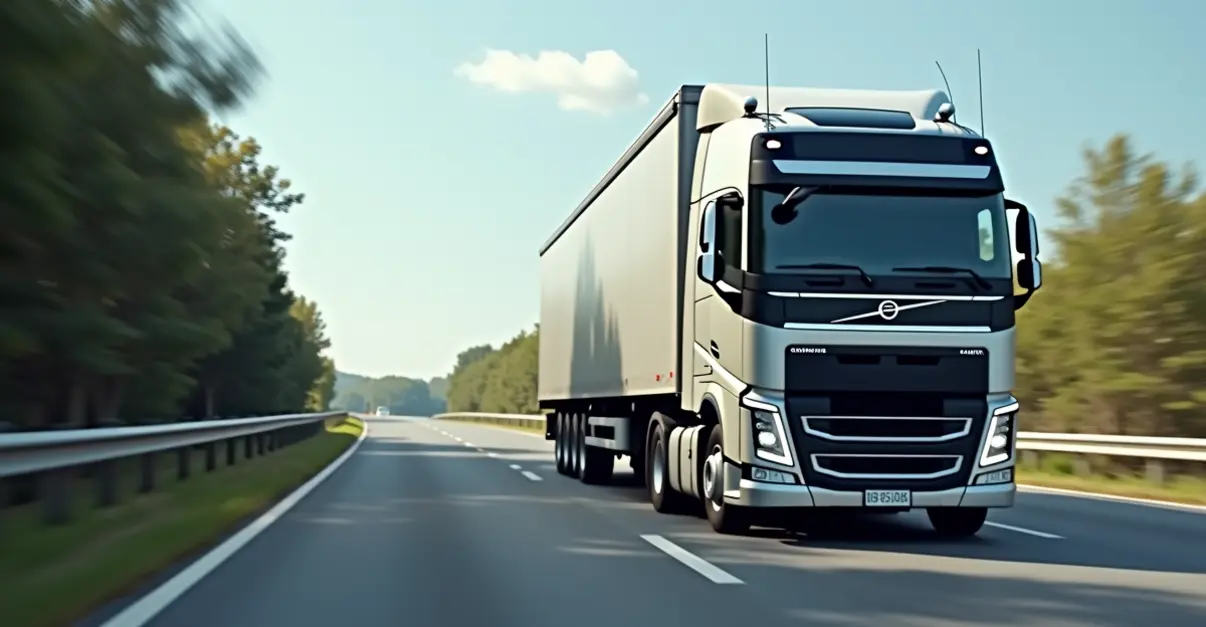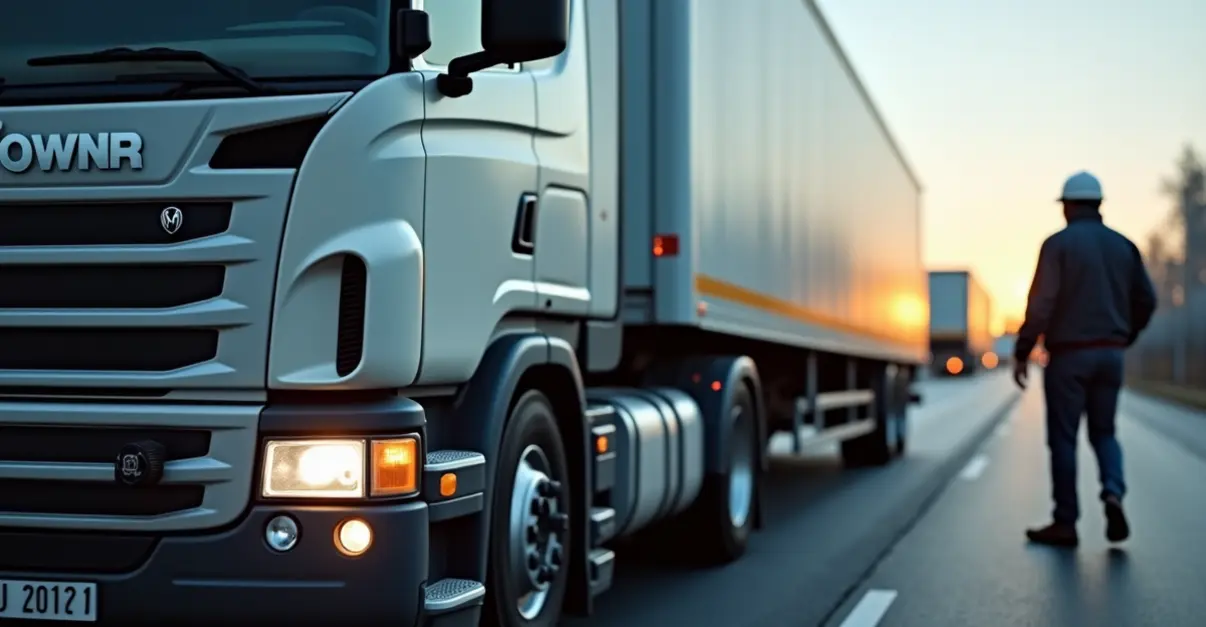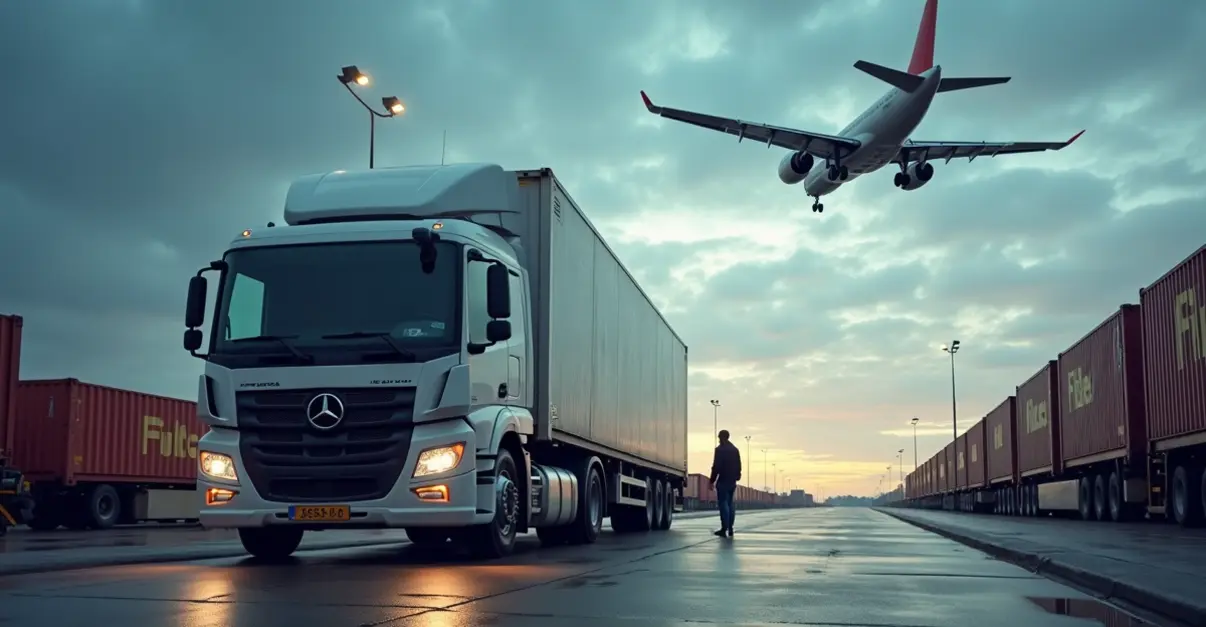Autonomous truck pilot corridors are transforming logistics with improved safety and efficiency, but raise workforce concerns. New technical jobs emerge while traditional driving positions face transition challenges.

Autonomous Truck Pilot Corridors Reshape Logistics Industry
The rapid expansion of autonomous truck pilot corridors across major transportation routes is transforming the logistics landscape while raising critical questions about workforce impacts. These designated highway segments, where self-driving trucks can operate with reduced regulatory restrictions, are becoming testing grounds for the future of freight transportation.
Pilot Programs and Infrastructure Development
Several states have established autonomous truck corridors along key interstate routes, including I-10 from California to Texas and I-5 along the West Coast. These corridors feature enhanced infrastructure such as dedicated communication systems, sensor networks, and specialized maintenance facilities. 'We're seeing unprecedented cooperation between state DOTs and technology companies to create these testing environments,' says transportation analyst Maria Rodriguez from the American Transportation Research Institute.
The Federal Motor Carrier Safety Administration has approved multiple pilot programs allowing autonomous trucks to operate beyond traditional testing limits. Companies like Waymo Via, TuSimple, and Aurora are leading these initiatives, with some corridors now supporting fully driverless operations during specific hours.
Labor Market Transformation
The transition to autonomous trucking is creating significant workforce challenges. While the technology promises improved efficiency and safety, it also threatens traditional truck driving jobs. The American Trucking Associations estimates that approximately 300,000 long-haul trucking positions could be affected by autonomous technology within the next decade.
'We need to prepare our workforce for this transition, not fight against technological progress,' emphasizes John Peterson, president of the Teamsters Union. 'Retraining programs and transition assistance must be part of any autonomous deployment strategy.'
However, new job categories are emerging, including remote vehicle operators, fleet management specialists, and autonomous system maintenance technicians. The industry is seeing growing demand for workers with technical skills in artificial intelligence, data analysis, and robotics.
Safety Metrics and Performance
Early data from pilot corridors shows promising safety results. Autonomous trucks have demonstrated lower accident rates compared to human-operated vehicles in similar conditions. The National Highway Traffic Safety Administration reports that autonomous trucks in pilot programs have maintained accident rates approximately 30% lower than conventional trucks.
'The safety improvements are significant, especially in reducing fatigue-related incidents,' notes Dr. Sarah Chen, a transportation safety researcher at MIT. 'However, we need comprehensive data collection to fully understand the long-term implications.'
Regulators are implementing new safety metrics specifically for autonomous operations, including system reliability scores, emergency response effectiveness, and cybersecurity protocols.
Economic and Environmental Impacts
The shift toward autonomous trucking is expected to generate substantial economic benefits through reduced shipping costs and improved supply chain efficiency. A recent study by the Department of Transportation projects that widespread adoption could reduce freight costs by 15-25% while increasing delivery reliability.
Environmental benefits are also emerging, with autonomous trucks demonstrating more efficient fuel consumption through optimized routing and consistent speed maintenance. Some pilot programs are testing electric autonomous trucks, potentially combining emissions reduction with operational efficiency.
Regulatory Framework and Future Outlook
Federal and state governments are developing comprehensive regulatory frameworks to govern autonomous truck operations. Key considerations include liability assignment, insurance requirements, and interstate coordination. The Department of Transportation is working on standardized certification processes for autonomous truck systems.
'We're at a critical juncture where policy must keep pace with technology,' states Transportation Secretary Michael Reynolds. 'Our focus is on ensuring safety while enabling innovation that benefits both industry and consumers.'
Looking ahead, industry experts predict that autonomous truck corridors will expand significantly over the next five years, with major freight routes across the country gradually transitioning to support mixed autonomous and conventional operations. The success of these pilot programs will likely determine the pace of broader adoption.
The transition represents both challenges and opportunities for the logistics industry. While workforce displacement remains a concern, the potential for improved safety, efficiency, and environmental performance suggests that autonomous truck corridors could fundamentally reshape how goods move across the country.

 Nederlands
Nederlands
 English
English









